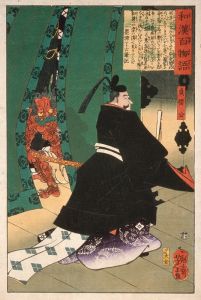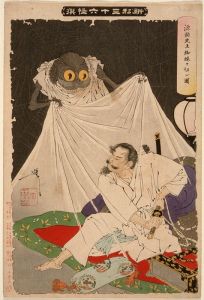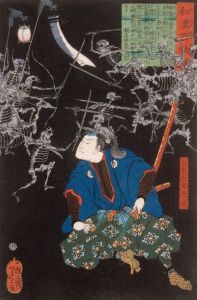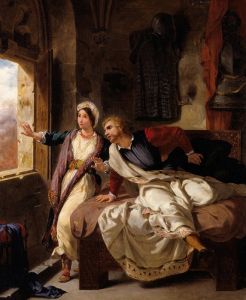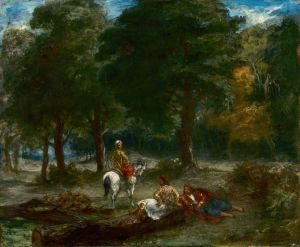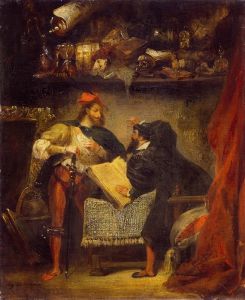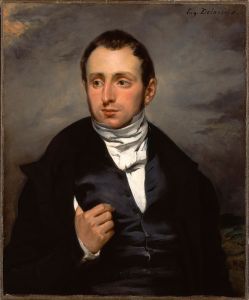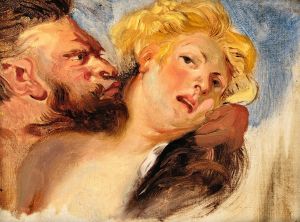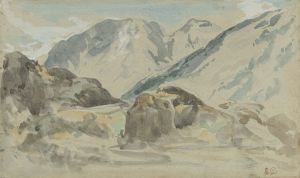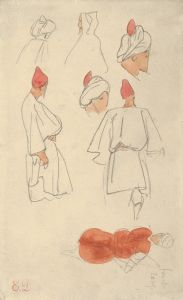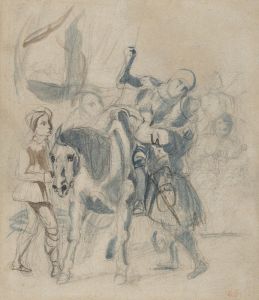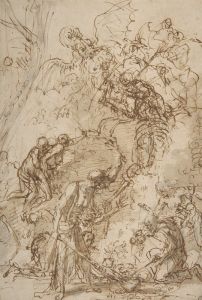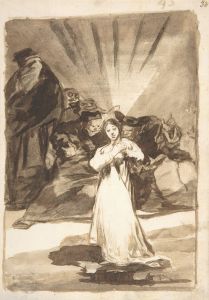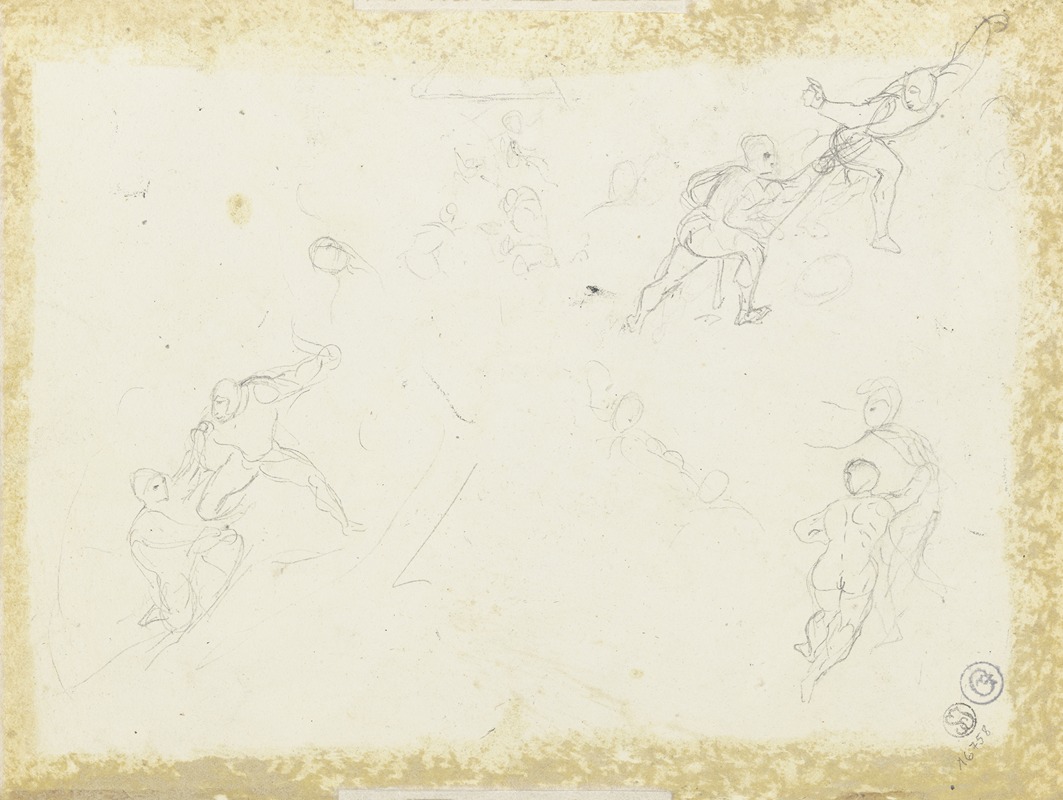
Faust und Mephisto auf dem Blocksberg
A hand-painted replica of Eugène Delacroix’s masterpiece Faust und Mephisto auf dem Blocksberg, meticulously crafted by professional artists to capture the true essence of the original. Each piece is created with museum-quality canvas and rare mineral pigments, carefully painted by experienced artists with delicate brushstrokes and rich, layered colors to perfectly recreate the texture of the original artwork. Unlike machine-printed reproductions, this hand-painted version brings the painting to life, infused with the artist’s emotions and skill in every stroke. Whether for personal collection or home decoration, it instantly elevates the artistic atmosphere of any space.
Eugène Delacroix, a prominent French Romantic artist, is renowned for his expressive brushwork and vibrant use of color. Among his diverse body of work, "Faust und Mephisto auf dem Blocksberg" is a notable piece that reflects his fascination with literary themes and dramatic narratives. This painting draws inspiration from Johann Wolfgang von Goethe's "Faust," a seminal work in German literature that explores themes of ambition, desire, and the supernatural.
"Faust" is a two-part dramatic work by Goethe, with the first part published in 1808 and the second in 1832. The story revolves around the character of Faust, a scholar who becomes dissatisfied with his life and makes a pact with the devil, Mephistopheles, exchanging his soul for unlimited knowledge and worldly pleasures. The scene depicted in Delacroix's painting is set on the Brocken, the highest peak of the Harz Mountains in Germany, which is traditionally associated with witches' gatherings, especially during Walpurgis Night.
Delacroix's interpretation captures the intense and otherworldly atmosphere of the scene. His use of dynamic composition and vivid color palette brings to life the chaotic and mystical environment of the Blocksberg. The figures of Faust and Mephistopheles are central to the composition, highlighting the tension and interplay between the mortal and the demonic. Delacroix's skillful rendering of light and shadow enhances the dramatic effect, creating a sense of movement and energy that is characteristic of his Romantic style.
The painting reflects Delacroix's interest in exploring complex emotional and psychological themes, a hallmark of the Romantic movement. His ability to convey the inner turmoil of his characters and the supernatural elements of the story aligns with the broader Romantic fascination with the sublime and the exploration of human experience beyond the rational.
Delacroix's work often drew from literary sources, and his engagement with Goethe's "Faust" is a testament to the cross-cultural influences that shaped his artistic vision. The painting not only illustrates a specific moment from the literary work but also embodies the broader themes of Romanticism, such as the conflict between reason and emotion, the allure of the unknown, and the exploration of the darker aspects of human nature.
"Faust und Mephisto auf dem Blocksberg" is a significant example of Delacroix's ability to translate literary themes into visual art, capturing the essence of the narrative while infusing it with his unique artistic sensibility. The painting remains an important piece within Delacroix's oeuvre, reflecting both his technical prowess and his deep engagement with the cultural and intellectual currents of his time.





